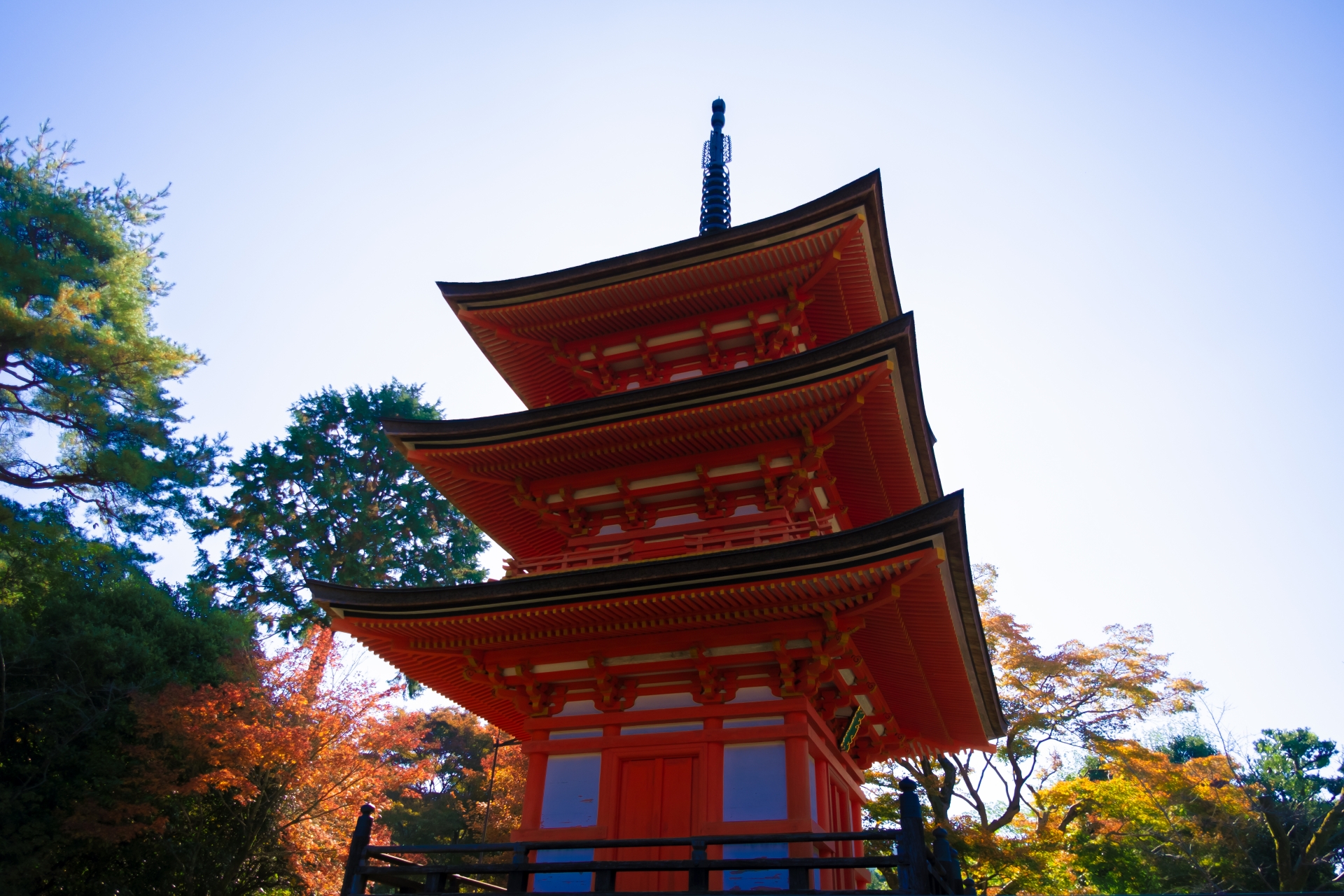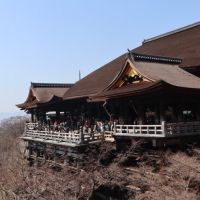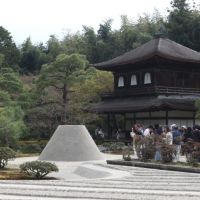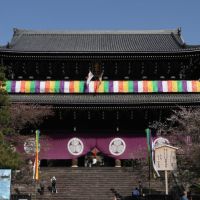Best Temple Stay in Kyoto
Masaya Osada
Latest posts by Masaya Osada (see all)
If you get tired of luxury hotels and ryokan(Japanese-style hotel), shukubo(guesthouse in a temple) will be a good place to stay. A cheap and valuable experience lodging will bring you a new life in Japan, especially in Kyoto!
Contents
What is shukubo (宿坊; guesthouse in a temple)?
For those who have never heard or experienced about Shukubo, there are some misunderstandings about Shukubo. Many of those people who misunderstand think lodgers need to have some duties such as cleaning, zazen and so on. There are not huge differences between staying Shukubo and Inns. You can have some experiences in Shukubo which cannot be experienced in hotels. Cleaning and zazen are not duties, they are options when lodgers stay in Shukubo. Lodgers can experience the same life as a monk if they want to.
■Average price to stay shukubo (guesthouse in a temple)
There are some plans such as including dinner and breakfast and bed without meals. Average price for staying shukubo is 5,000 yen to 10,000 yen per night. Some shukubo are cheaper and some are more expensive.
■What you can Experience at shukubo (guesthouse in a temple)
You can have experience at shukubo which you cannot in hotels or other Inns. You can have experience as your monk if want to.
・Zazen
Zazen is basic spiritual practice for Buddhism. During you are in Zazen, you need to sit correctly in a posture to do a spiritual reunion. In many shukubo, this is optional.
・Morning work
You pray while listening to the sutra. You can calm your mind think your daily activities.
・Syakyou (transcription)
Syakyou is to write Buddhist scriptures with the Japanese brush. This could be difficult for foreigner but you can have a great experience which you cannot do in other places.
・Food
Monk eats vegetarian good in a temple, and guests are the same. On Buddhist precepts, the monk needs to avoid stimulation for killing. You can experience Buddhist life.
・Rules
You just need to have moderate behavior, there are not many rules when you stay in shukubo. It is not so stiff. There is no special rule of clothing at shukubo but you should not wear gorgeous or exposed clothes.
The most important thing you need to have in shukubo is to have gratitude. Especially when you eat dinner and breakfast, please have a meal with gratitude. You should eat everything as much as you can. Shukubo is quieter than other hotels and Inns, so please be careful to keep to drop sounds.
・Wi-Fi
There is no WI-FI service in temples. Please be released from the Internet and look back on yourself.
・English Service
You can make a reservation online in English and English coresidence in many shukubo recently.
Recommended Shukubo (guesthouse in a temple) in Kyoto
Kyoto is the most historical city in Japan and there are many temples in Kyoto. There also
Many shukubo but we will show you three recommended shukubo in Kyoto.
■Myoshinji Hanazono Kaikan (妙心寺花園会館)
・History and features
As the name suggests, flowers in the Ukyo ward with Myoshinji bloomed in full flowers of four seasons and began to be called like that. The 95th Emperor who likes the flower garden is a garden pope, but it was Myoshinji that changed the original shrine from Zen temple. It is a temple of Rinzai sect, and still, there are universities and high schools as related institutions.
・Japanese style room and Western style room
You can choose between Japanese and Western rooms. Although Japanese style rooms are better to taste Japanese culture, I think that some people are not used to bedding on the floor, so we can choose the Western style for those who like it.
・Kaiseki cuisine and Syojin cuisine
Vegan cuisine is a dish mainly made from vegetables that temple monks eat. This is because there is Buddhist teaching to avoid the stimulation of killing. If you are worried about devouring food you can also choose kaiseki cuisine. Kaiseki cuisine was originally hospitable at the time of formal tea ceremony, but now it also behaves like pottery and sashimi. You can choose either a specialty dish or a kaiseki dish.
・Price
| Type of room | Number of guests | Rate per person | Facilities |
|---|---|---|---|
| Single Room -Non-Smoking | 1 | ¥7,560 | shower and toilet included |
| Twin Room -Non-Smoking | 2 1 |
¥7,560 ¥9,720 |
shower and toilet included |
| Twin Room -Non-Smoking (universal design) |
2 1 |
¥7,560 ¥9,720 |
shower and toilet included |
| Japanese style room -Non-Smoking |
4 3 2 1 |
¥5,940 ¥7,020 ¥8,640 ¥10,800 |
toilet only (2 rooms available with shower) |
・Payment
You can use credit or cash to pay.
・Homepage in English
You can make a reservation online which is written in English; https://www.hanazonokaikan.com/english.html
■Chionin Wajun Kaikan (知恩院和順会館)
(It is closed to Gion which is representative downtown area and entertainment district in Kyoto.)
・History and features
Chion-in is the Jodo sects headquarters, and the local people are familiar with “Chi-in-san”. It is a temple that is familiar to locals as much. In the precincts there is a Sanmon and a Tower head temple built-in 1621, it is said that it was built since the Edo period.
・Many kinds of plans
There are many kinds of plans such as with meal, without a meal, deluxe Japanese style room, and so on. You can walk to Kawaramachi, where is downtown Kyoto, there are temples, shrines, stores and bus-stop and train station.
・Morning work and syakyou
Guests can experience morning work and sutra. (There is a plan to copy copies.) Morning work calls for legal requirements to be held in the morning. Shuho will write the teachings of Buddha in the same way with the brush.
・Homepage in English and Korean.
You can make a reservation online which is written in English; https://www.japanican.com/en/hotel/detail/6232132/?ty=rsv
Enhance your spiritual retreat at a Kyoto temple with the Hochoshiki Knife Ceremony. This traditional event offers a unique insight into the art of Japanese knife-making, reflecting the meticulous craftsmanship that underpins Kyoto’s cultural heritage.
https://www.hochoshiki-knifeceremony.com/
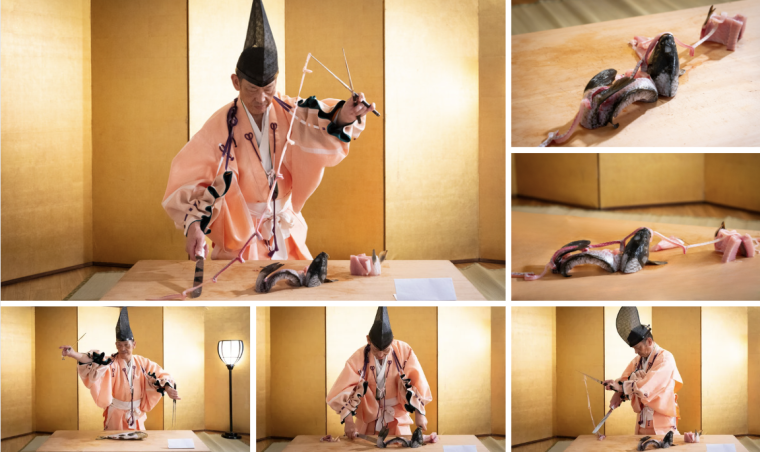
A sacred place for Japanese food, a treasure house of ingredients, Minami-Boso Takaya Shrine Kitchen knife ceremony "Ryumon-no-Koi" long story: edited by Minamiboso City Tourism Association Channel
Kyoto is a long history town with many temples. Although staying at a hotel or an inn is good, do not you experience the monk’s life even a little by staying at a temple? We can do many other experiences such as Zen meditation and transcription which we can not do elsewhere.
However, since they are all optional and not compulsory, it is not possible for the hostel to do various things, but think of it as a place where you can experience various things. If you can appreciate others such as meals and protect the minimum moral, you can enjoy Japanese culture without hesitation.
Since it is the same as the hotel, such as homepage and amenity in English, those who come to Kyoto, by all means, please try.
Google Maps

